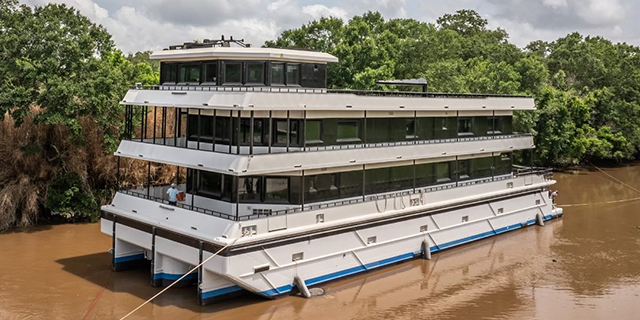TECHE SKETCHES: In times of a crisis, risks from others can bring hope that is needed
Published 2:00 pm Monday, May 18, 2020
Epidemics are nothing new. And the doctors who, throughout history, have come to mankind’s rescue are justifiably considered to be medical heroes.
While currently staying at home, I’ve occupied myself with different projects as well as by doing a lot of reading. My main subjects of interest at the moment are some of the champions who confronted certain pathogens and either subdued them or eradicated them altogether. I’ve found that whenever there is a health crisis, there are individuals willing to take risks and do whatever is necessary for the benefit of humanity. By doing this,they provide us with hope.
One of these saviors was Dr. Walter Reed.
A physician in the U.S. Army, Reed saw the ravages caused by yellow fever in the early 1900s. Around that time he went to Cuba as part of the Yellow Fever Commission. Expanding on research provided, in part, by another doctor, Carlos Finlay, Reed confirmed that this tropical disease was transmitted by mosquitoes. He urged preventive measures like repellents and mosquito nets. Unfortunately, he didn’t live to see an actual vaccine, which wasn’t developed until 1937. Our country acknowledges his contributions to medicine with the Walter Reed Army Medical Center in Washington D.C.
In a 1952 polio epidemic, over 3,000 Americans died and 21,000 victims, mostly children, became partially paralyzed. This crisis prompted Dr. Jonas Salk to do something about it.
Working out of his Pittsburgh lab, Salk was determined to create a vaccine. According to one of his sons, the physician brought some vials containing the experimental vaccine to his home in 1953. After sterilizing syringes and needles on the kitchen stove, he inoculated his children with the drug.
I feel that this wasn’t a perilous event, but rather a calculated gesture by both a loving father and a brilliant researcher confident of his work.
The vaccine was a success and, after a national vaccination trial in which 2 million schoolchildren participated, a global program was initiated.
By the way, that wasn’t the first worldwide vaccination crusade in history. Motivated by compassion, special passengers on a ship left La Coruna, Spain in 1804…commissioned to eliminate smallpox.
Officially called the “Royal Philanthropic Vaccine Expedition,” it was conceived by Spain’s King Charles IV after some family members became afflicted with the disease.
The monarch wanted as many of his subjects as possible, throughout the vast Spanish Empire, to be vaccinated. Incidentally, the vaccine had been discovered a few years earlier by the English doctor, Edward Jenner.
Entrusted with this three-year mission were two extraordinary physicians, Francisco de Balmis and Jose Salvany. They and their assistants would vaccinate countless thousands, of all races, in the Americas.
Balmis then took the vaccine to the Spanish Philippines and China before circumnavigating the globe to return home.
Acting as “live successive carriers” were 22 orphaned Spanish boys. The vaccine’s potency lasted only 10 days, so it was applied, when needed, to another youngster’s arm and so on. We’ll never know how many individuals were saved by this “Balmis Expedition.”
Valiant physicians, like all the ones mentioned, curtailed diseases.
I’m certain that eventually some medical warriors will do the same to Covid-19.
O.J. GONZALEZ is a native and resident of Jeanerette. He graduated from USL in printmaking and photography and his photographs have appeared in publications in Louisiana, Alaska, Canada, New Zealand and England.





